Contact us
For help with a story or to find an expert
Email: pressoffice@shu.ac.uk
Phone: 01142 252811
On social media
Six pictures from the government’s UFO archives that reveal the secrets in Britain’s skies
Associate Professor, Sheffield Cultural Industries Institute
Follow on Twitter | Connect on LinkedIn | Follow on Instagram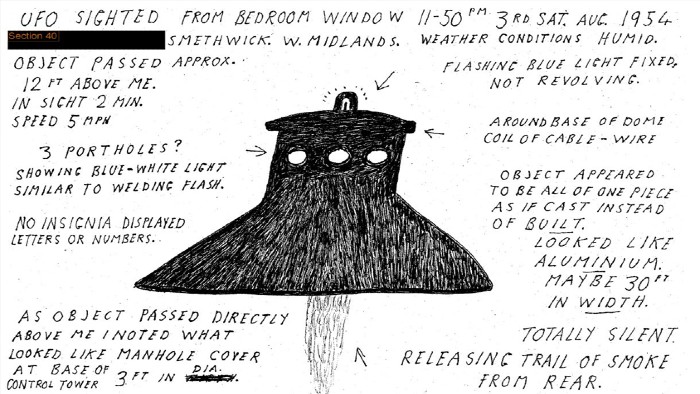
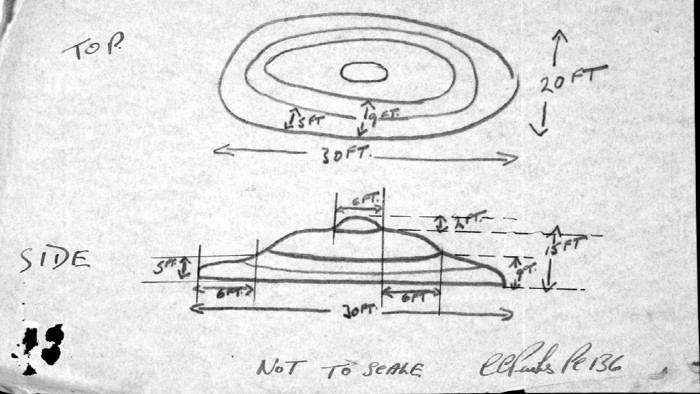

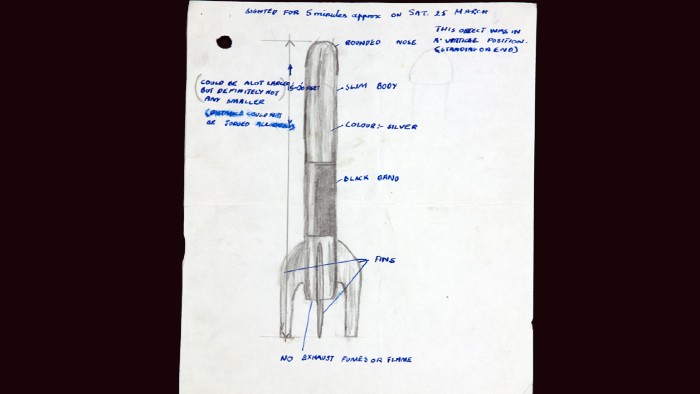
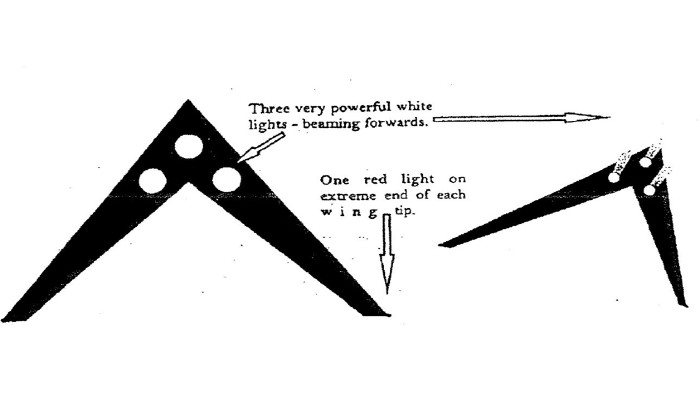
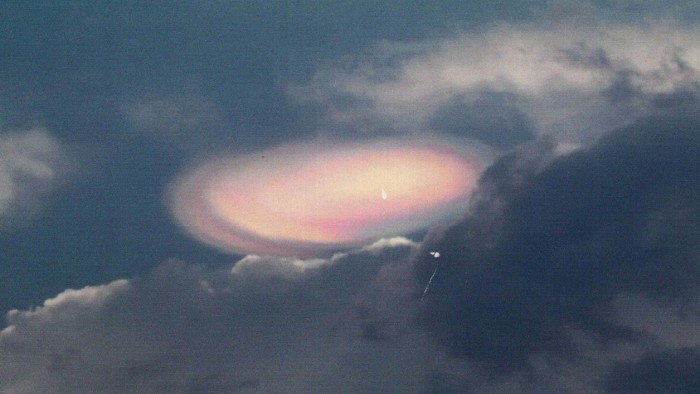
Contact us
For help with a story or to find an expert
Email: pressoffice@shu.ac.uk
Phone: 01142 252811
